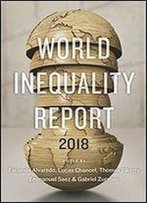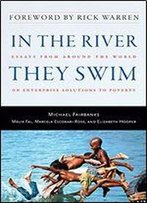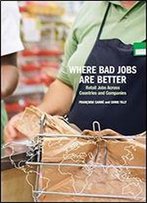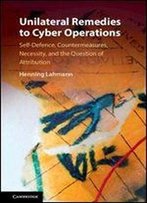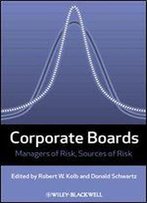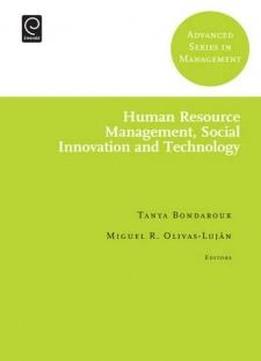
Human Resource Management, Social Innovation And Technology (advanced Series In Management)
by Tanya Bondarouk /
2014 / English / PDF
2.4 MB Download
This volume places Social Innovation between Human Resource
Management (HRM) and Technology. There is a growing acceptance of
the theory that HRM is strategically important for social
innovation within organizations. To meet the requirements of
globalization, diversity, 'war for talent', and fast technological
developments, HRM should allow a greater amount of flexibility and
innovation in their policies and practices. In order for this to
happen, however, HRM needs to be modernized by replacing
inefficient and unsustainable HR practices and forms with flexible,
sound, and pioneering ones, crossing inter and intraorganizational
boundaries. Built within the Social Innovation research tradition,
this volume views innovation of HRM from two ends of one continuum:
At one end, HR practices and policies should be designed to support
innovative organizational members, the creation of new ideas, an
innovative organizational climate, and enlargement of the
innovation capacity of organizations. At the other end, the HRM
function evolves through applying new structures and new channels
for delivery of the HR practices, and through involving new agents
in the management of Human Resources.
This volume places Social Innovation between Human Resource
Management (HRM) and Technology. There is a growing acceptance of
the theory that HRM is strategically important for social
innovation within organizations. To meet the requirements of
globalization, diversity, 'war for talent', and fast technological
developments, HRM should allow a greater amount of flexibility and
innovation in their policies and practices. In order for this to
happen, however, HRM needs to be modernized by replacing
inefficient and unsustainable HR practices and forms with flexible,
sound, and pioneering ones, crossing inter and intraorganizational
boundaries. Built within the Social Innovation research tradition,
this volume views innovation of HRM from two ends of one continuum:
At one end, HR practices and policies should be designed to support
innovative organizational members, the creation of new ideas, an
innovative organizational climate, and enlargement of the
innovation capacity of organizations. At the other end, the HRM
function evolves through applying new structures and new channels
for delivery of the HR practices, and through involving new agents
in the management of Human Resources.

